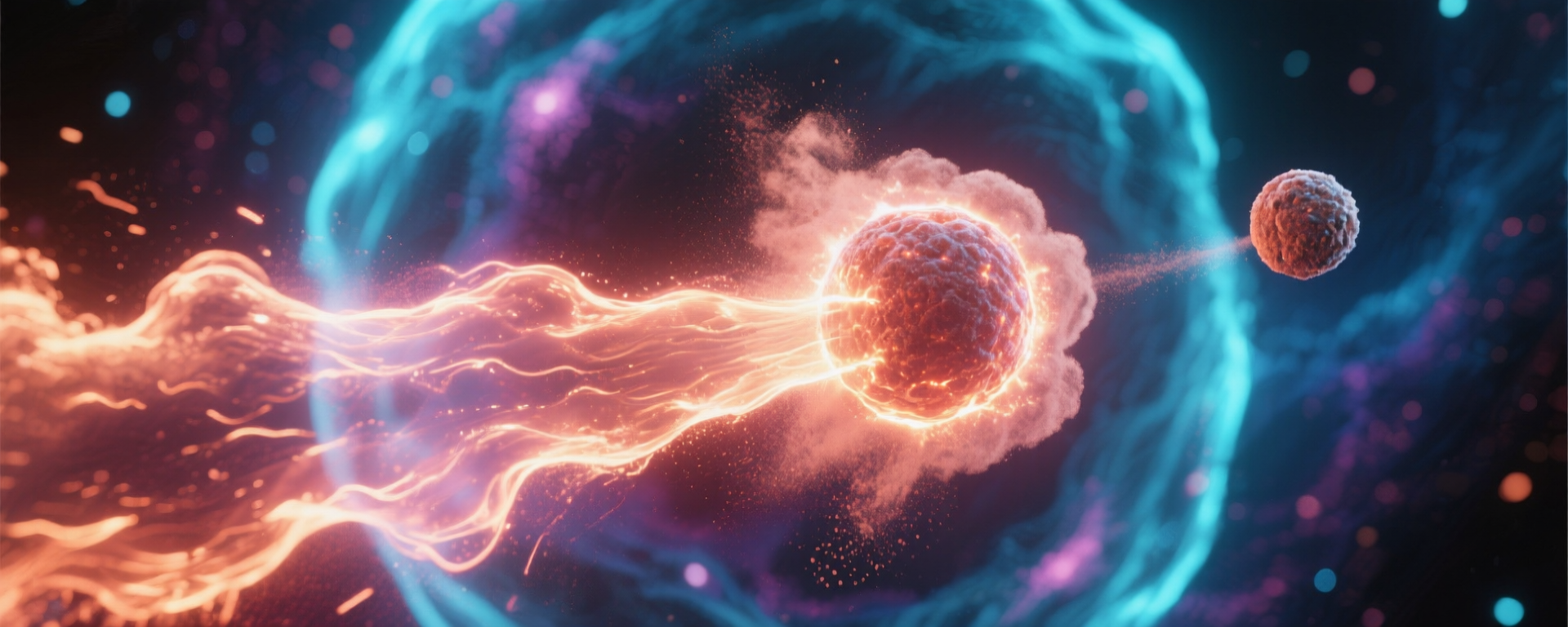
Dusty Plasma Physics Discovery

Where AI Rewrote Physics
Explore how physics-informed machine learning exposed hidden forces inside dusty plasma systems—from Saturn's rings to wildfire smoke. This playground is where we stage interactive narratives, data visualizations, and lab notes for dusty plasma collaborators.
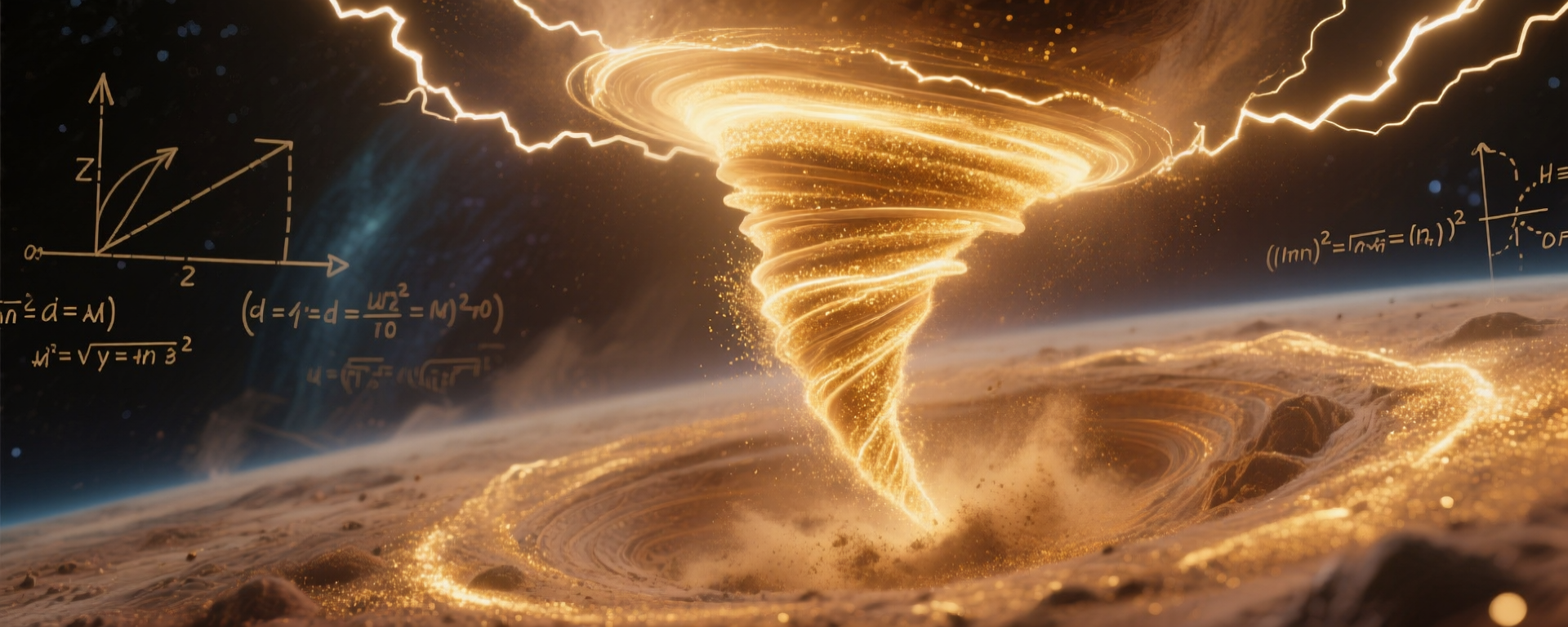
The Universe's Hidden Electric Laboratory
Dusty plasmas are everywhere—swirling in Saturn's rings, dancing in comet tails, and floating above the lunar surface. Yet despite being one of nature's most common states of matter, we're only beginning to understand their intricate, often beautiful behaviors.
"Many plasmas contain dust (small, usually solid particles), but although dusty plasmas occur widely, the detailed study of their properties is a fairly new area of plasma science. Such phenomena, of which dust crystals are the most familiar, form a large part of the dusty plasma literature."
When thousands of tiny particles become electrically charged and suspended in plasma, they create dust crystals, plasma waves, and other collective phenomena that challenge our understanding of physics. It's a new frontier where AI and human insight converge to decode nature's electric choreography.
What on Earth (and in Space) is Dusty Plasma?
Plasma is the fourth state of matter—a super-energized gas that makes up ~99% of the visible universe. Add tiny solid particles to that plasma and they pick up electric charge. That's dusty plasma.

Saturn's Rings
Icy grains dancing within a charged plasma sea
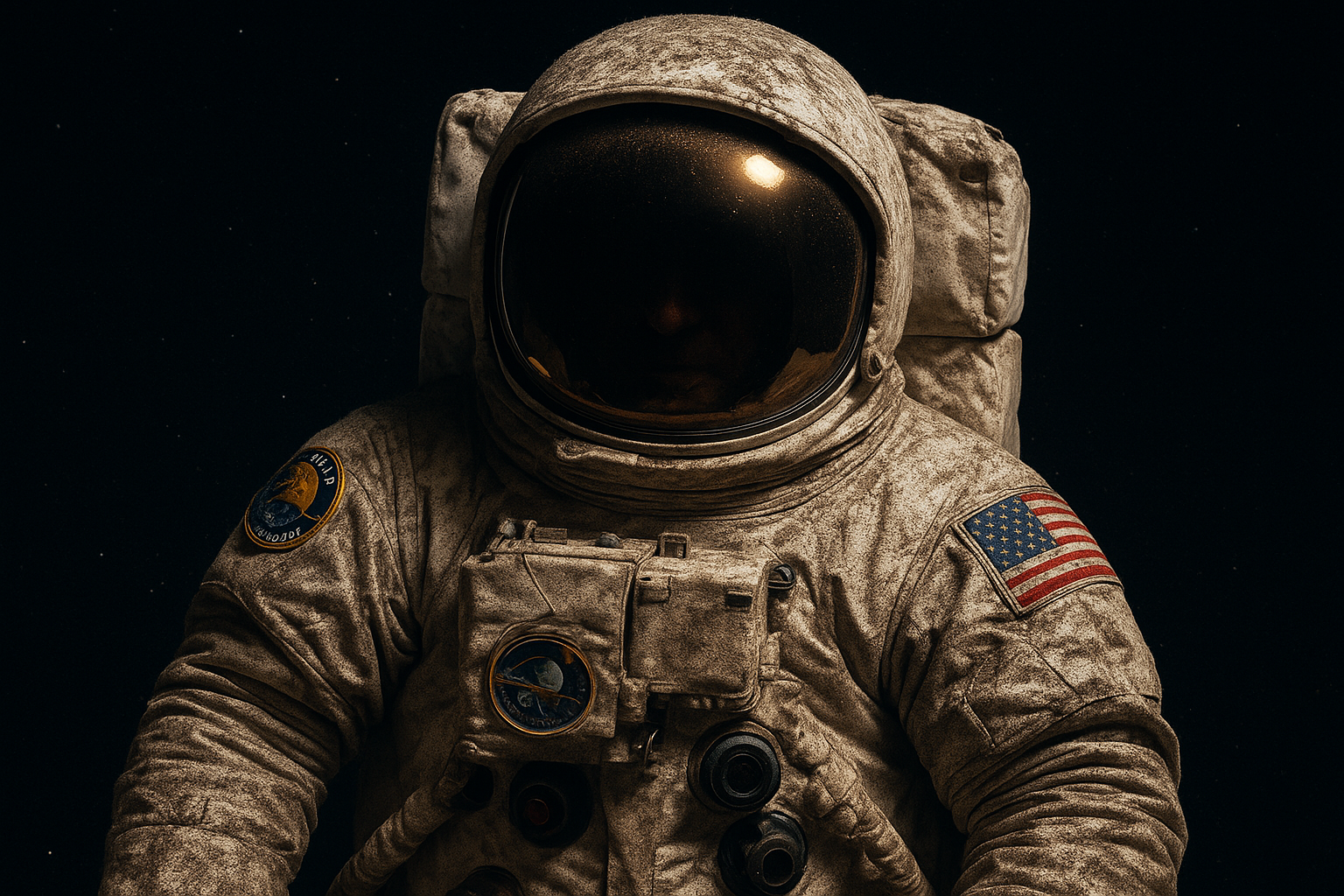
The Moon
Stubborn, electrostatically charged dust that clung to Apollo suits
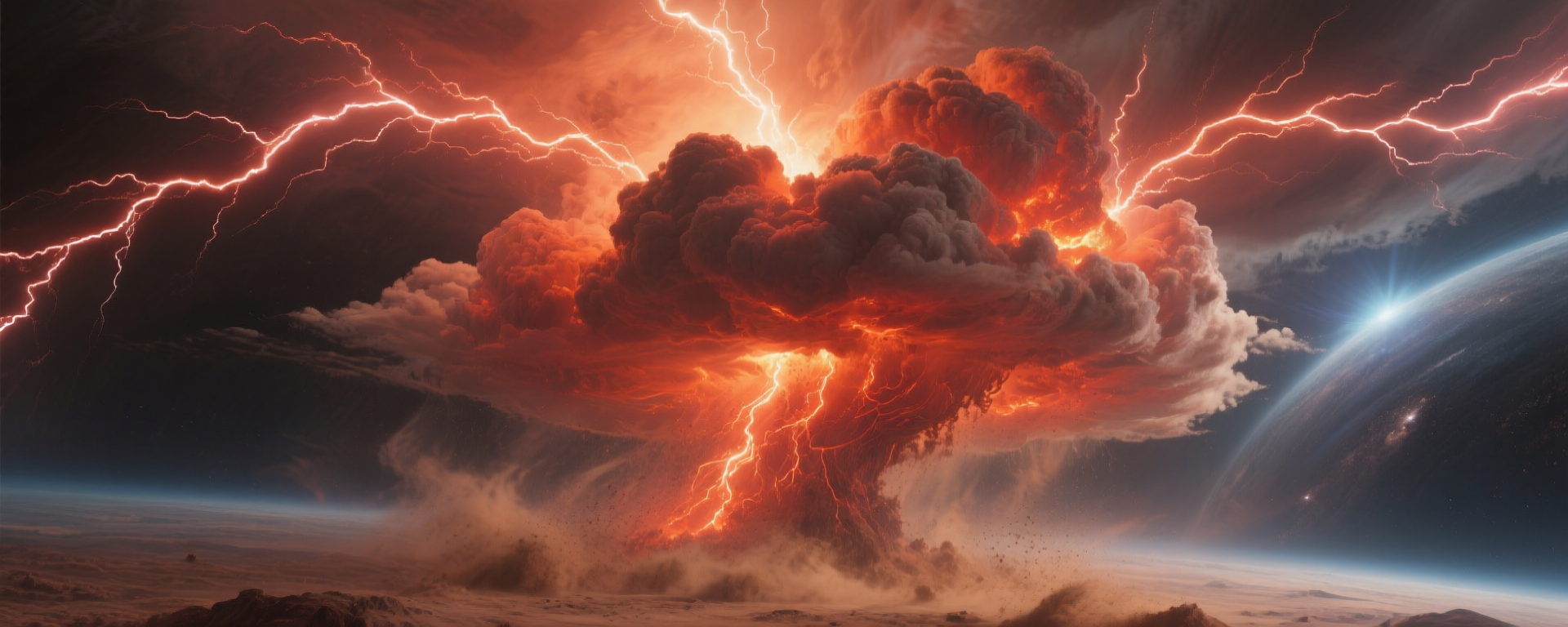
Here on Earth
Even in wildfire smoke and semiconductor plasmas
It's not rare—and for decades, models simplified how these particles behave. Then we asked an AI to check our work.
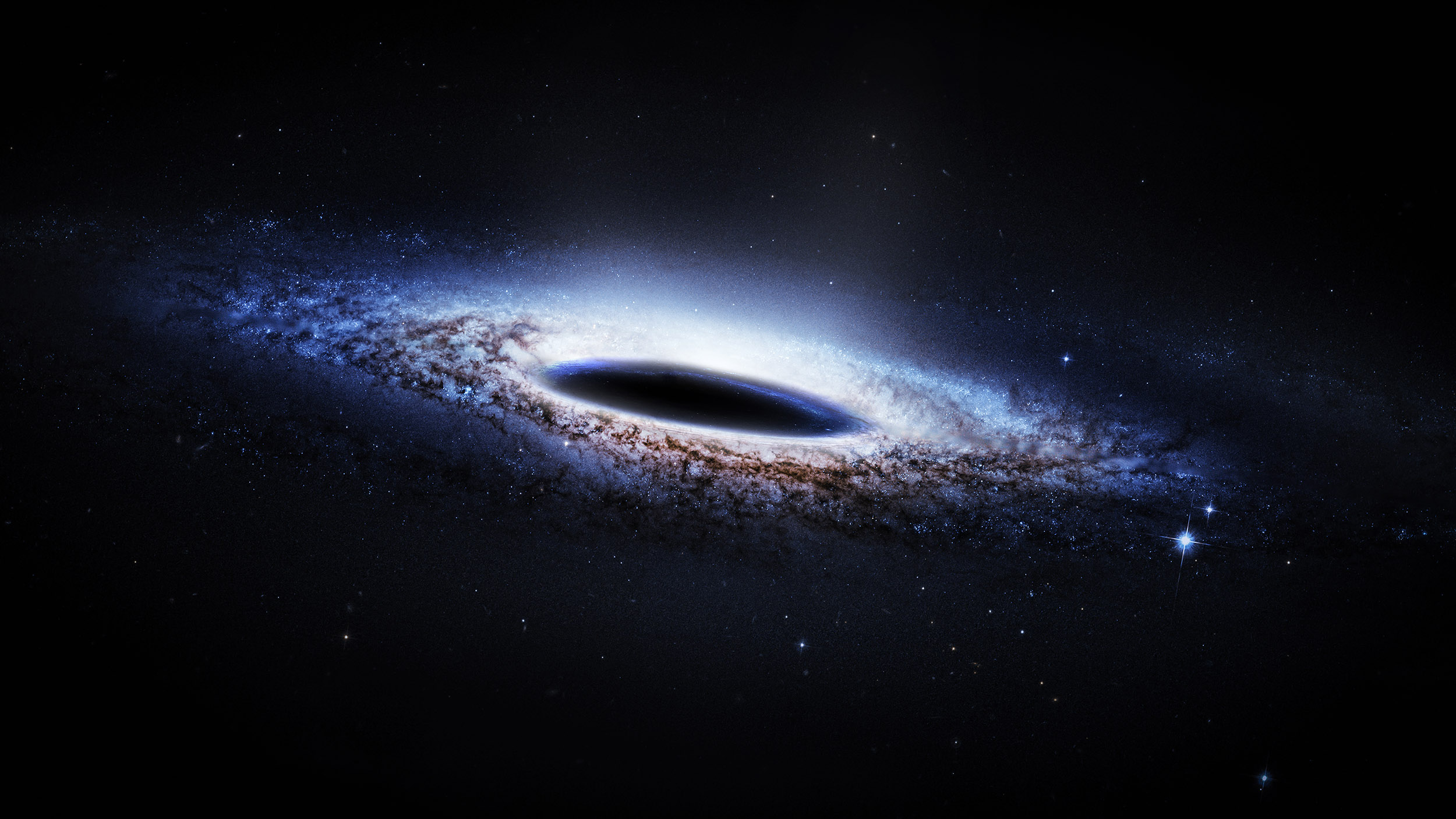
The Future Is Unwritten
We're no longer asking AI for answers—we're inviting it to co-investigate. As models improve, we'll probe deeper into how structure emerges from chaos, how energy cascades across scales, and what other "simple truths" are really context-bound stories.
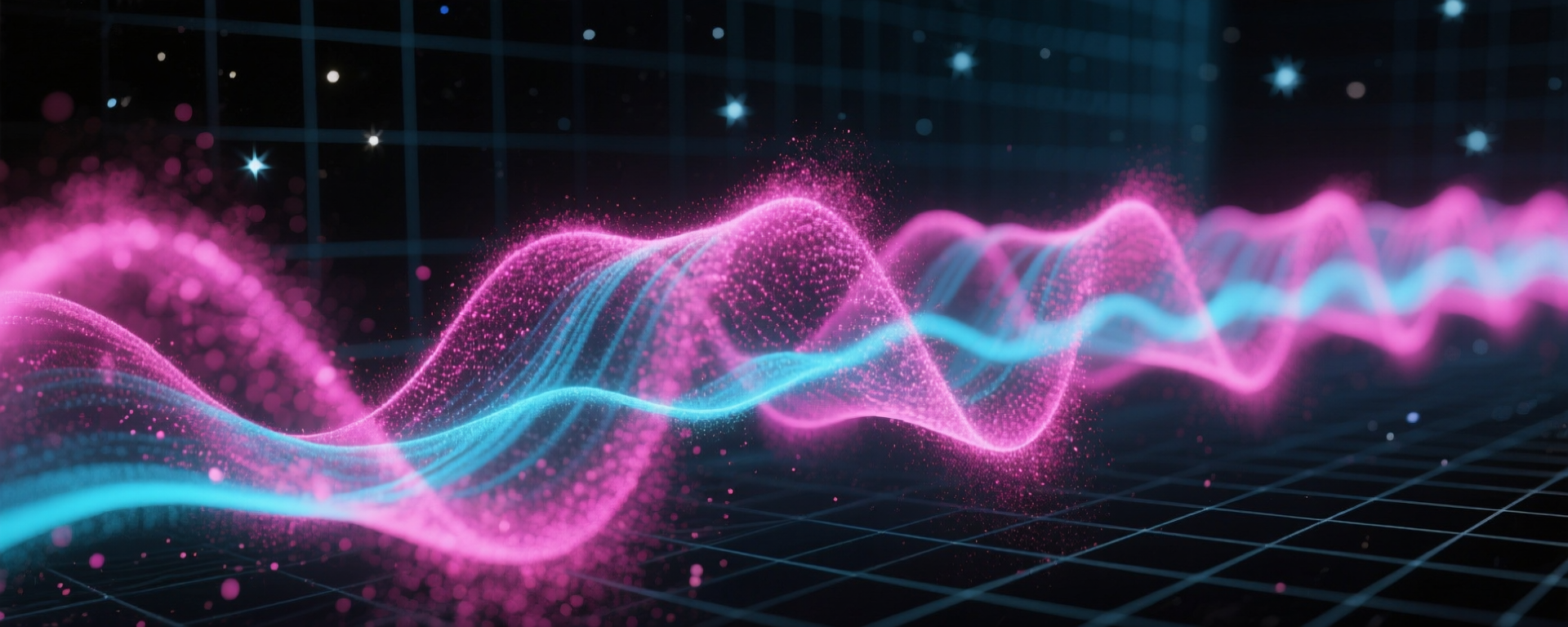
Explore Q&A Hub
Dive deep into the physics behind our discoveries. Get clear, accessible answers to complex questions about dusty plasma, AI methods, and breakthrough findings.
Start Exploring →The Discovery That Changes Everything
"We've known dusty plasmas are beautiful and mysterious for decades, but AI gave us a completely new set of eyes. Suddenly we're seeing order where we thought there was only chaos."— Lead Researcher, Emory University
Charging Isn't Just About Size
Old rule: bigger particles carry more charge.
What the AI revealed: What the AI showed: Charge depends on context—temperature, pressure, flows, and turbulence. Size alone doesn't predict charge.
Learn moreForces That Bend Our Expectations
Classically, Newton's Third Law says every action has an equal and opposite reaction.
What the AI revealed: What the AI revealed: In driven plasmas, nonreciprocal-looking forces emerge—particles can attract one way and repel the other, thanks to ion wakes and background flows.
Learn moreHidden Patterns
Where we see noise, AI sees hidden structure.
What the AI revealed: The AI uncovered unexpected attractors, hidden correlations, and energy cascades—dust swarms forming order in apparent chaos.
Learn moreMore Than Dust: A New Partnership for Discovery
AI as Creative Partner:Not just analyzing, but proposing better descriptors.
Beyond Human Limits:Where we see noise, AI sees hidden structure.
Accelerating Discovery:Better models of dusty plasma inform space science, earth & safety, energy & industry.
Impact Areas:
Planetary rings, comet tails, lunar dust
Smoke plumes, comms interference, wildfire response
Fusion control, semiconductor etching

Cosmic dust formations reveal the universe's hidden plasma dynamics
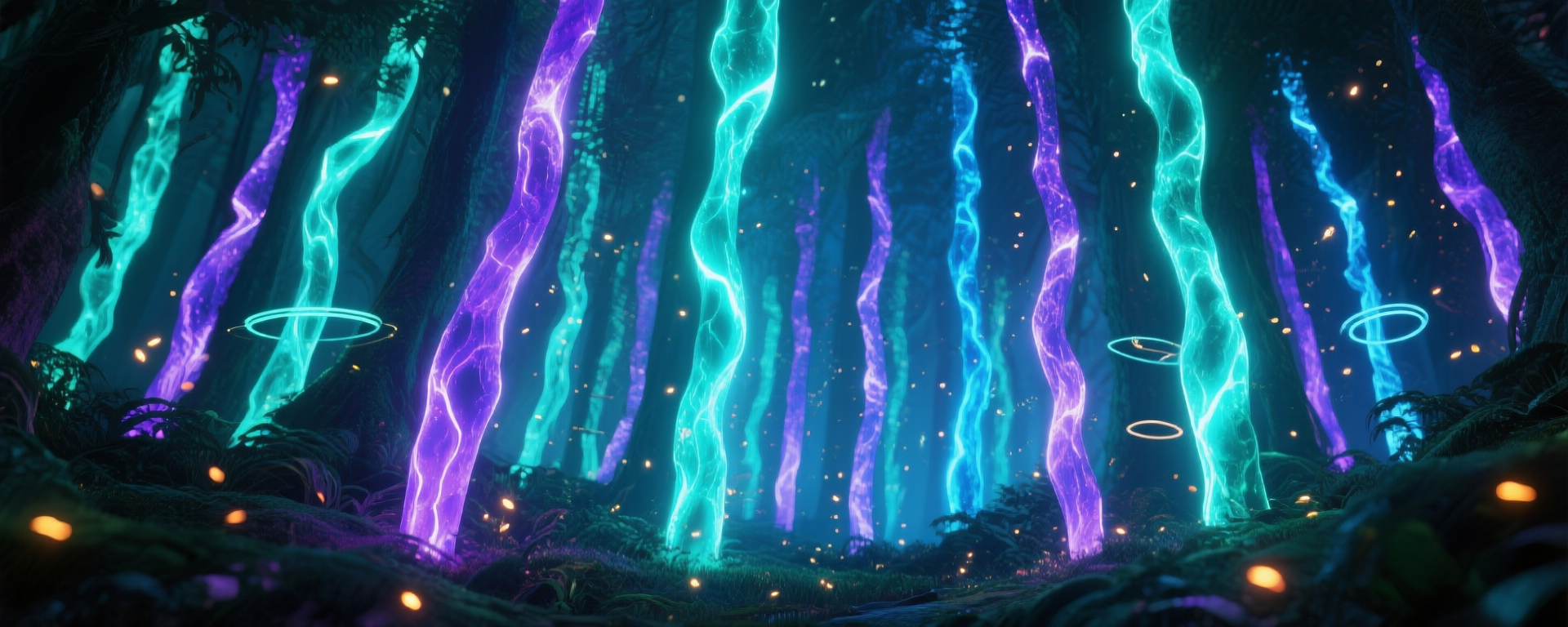
The Minds and the Machine
Physicists, applied mathematicians, and AI researchers at Emory University collaborated on this project. They recorded high-speed 3D particle trajectories in a plasma lab and trained physics-informed neural networks to infer forces with >0.99 accuracy.
This synergy revealed deviations from long-accepted plasma theories, including unexpected dependencies of charge and screening length.
Read the Research Summary